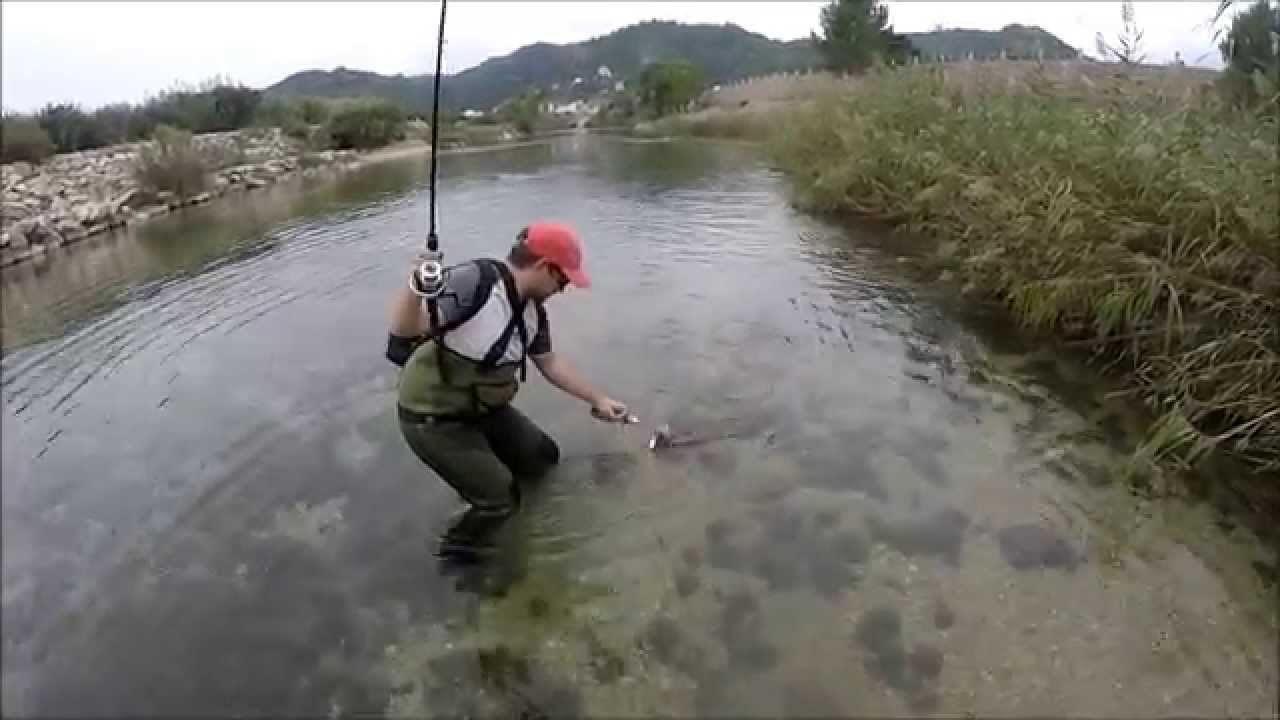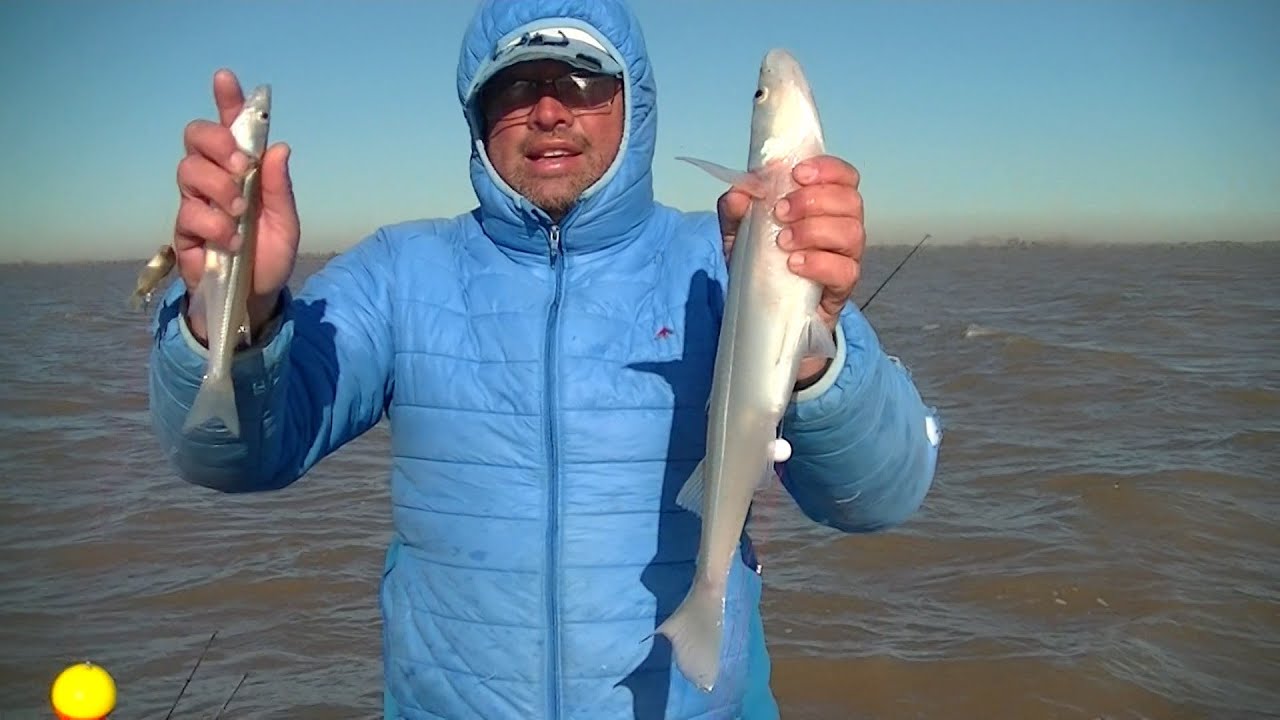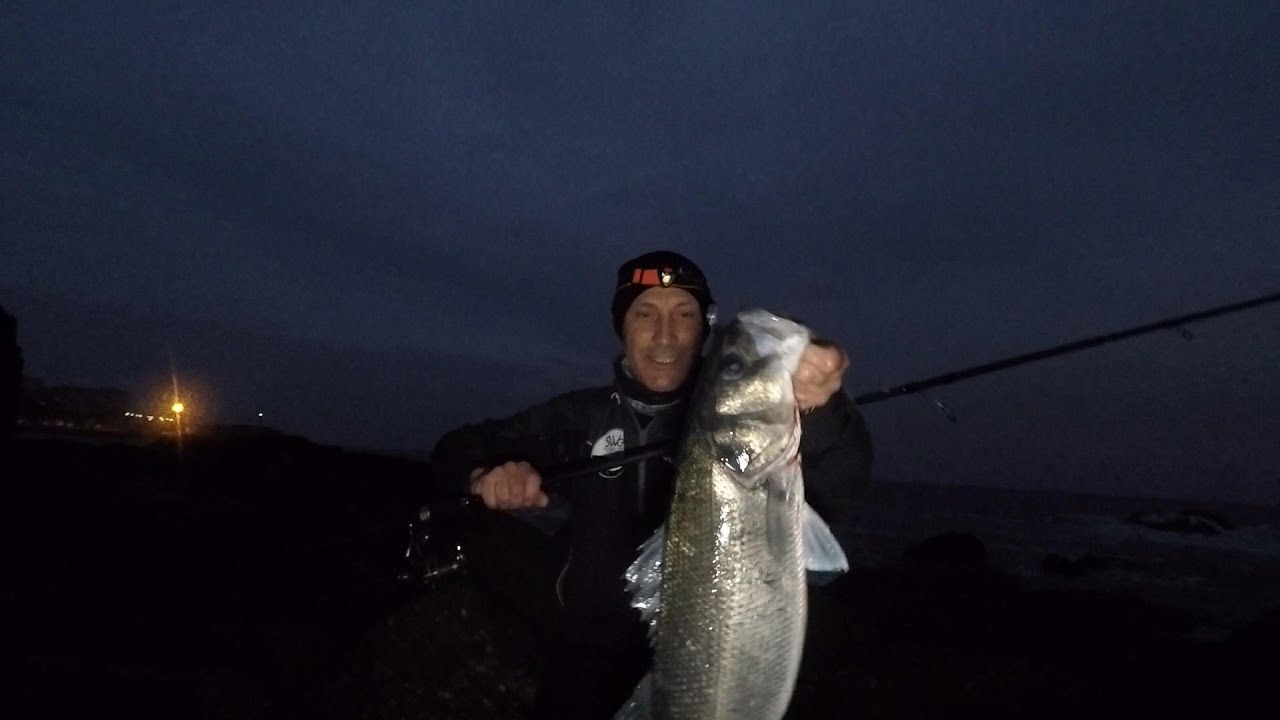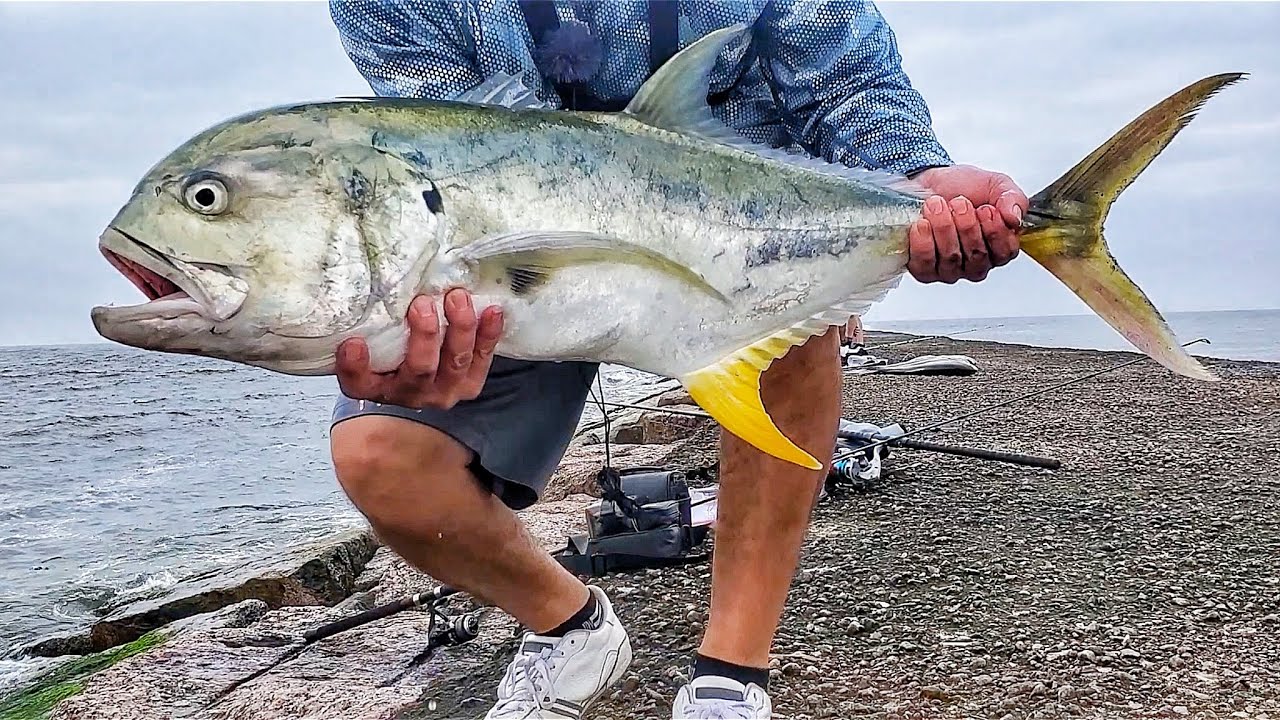El blue crab or crabs are crustaceans with a high reproductive capacity; They represent one of the exotic species (their largest presence is the American continent) that are currently a focus of economic interest. However, being an invasive species, the clash with the equilibrium part of the ecosystems is threatened precisely by its proliferation.
Its name derives from the color of the male's legs, which have a bluish-green hue, different from the females whose hue is more towards orange.
Su fishing is not easyThis is due to the aggressiveness of the species. However, it is necessary since the voracity of these makes the fishable species themselves threatened, this even serving as a serious problem for other species such as the seahorse that constitutes part of the menu of the blue crab or crab.

Crab fishing methods
Although the population is constant the best fishing season is from the end of July to August and the best time is at night. If the fishing is artisanal, it is easy to do it with a long handle net, yes, quickly since if something characterizes the crabs it is their speed, even when swimming.
For fishing from a boat, you can perfectly use a crab catch trap. Its practicality and assertiveness is extensive and it basically works like any trap for these species, including crabs: bait the cage and send it to the bottom.
If you are interested in making a trap of this type, this is very simple. And then we will tell you how to make a trap to catch crabs in an easy way.
How to Make Crab Traps
There are many materials that can be used to make crab traps: metal, wood, wire, or even rigid plastic.
Its preparation is simple and it will only be necessary to follow some basic instructions for a square model:
- For the elaboration of wire traps, a roll of wire mesh will be searched.
- The idea is to be able to build a frame or frame, either metal or wood
- We will have to cover this frame with the mesh
- Internally we must create two chambers, one where the crab will enter and another where we will place the bait.
- We must locate a rope and a weight. The first to be able to raise the trap and the second to give it weight so that it can sink and stay at the bottom.
- It will be advisable to place a buoy to be able to locate it once we have left it in the water.
There is another model, but this time in a more conical or even circular. To make this, the procedure will be the same, cover a frame in a resistant mesh and place the entrance of the crabs, conical inverted, so that they can access the chamber, but then they cannot escape.
For its use, it is recommended to place the bait and leave it in the water for about 6 hours. Surely the crabs will not miss out on a free food and we will be able to have a prolific fishing with these simple but useful crab traps.







